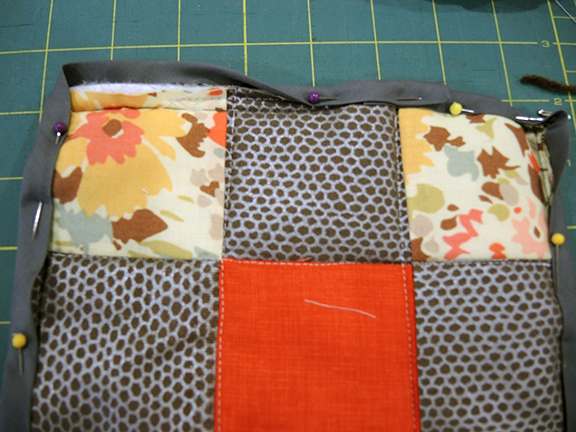Glass Fusing Class
Glass Fusing Class
The tools of the trade
I love working with glass. While I've done lamp working for many years, I had never done glass fusing, or kiln working, before and wasn't too interested until I found a new store opening along one of the streets I often used in Mamaroneck. This turned out to be a new store, workshop and gallery for Bullseye Glass, an American art glass manufacturer based in Portland, OR. I had to check this out.
It is only a street away from the Mamaroneck Metro North Station. Easy trip from Grand Central Terminal in the city!
A veritable candy shop for glass fanatics!
Samples of work and Bullseye is big on education. There are classes for the complete beginner and the experienced glass artist, and you can rent time in their studio and kiln time for firing your projects after you take the proper classes.
Part of the location is a spare and elegant gallery for contemporary glass artists
The Studio in the back, full of kilns and well lit work tables
All the staff are incredibly helpful and friendly. My introductory class was taught by James O'Neill
This is my worktable at home, but Bullseye provides all the tools and glass you need for the class
The class introduced us to the tools we needed to use and the different kinds and colors of glass we could use to make and decorate a plate. A lot of glass was pre-cut, but we all practiced scoring glass with the cutter and breaking it with the splitting tool. It was a lot easier to cut and break than I remember in high school stained glass class! Glass came in sheets, in powder and frit, and in stringers - thin round sticks like vermicelli. Everyone in the class thought of different ways to decorate their plate. When we finished the plate went on a kiln board for it's first fusing in the kiln. This was called a full fuse, as all the glass would melt together to make a single flat 6mm layer.
My glass after firing in the kiln
After the full fuse, the glass would be put on a mold for the slump fuse and a second firing. This time the kiln would be set to a lower temperature and the glass would just melt into the shape of the mold .
This is one of my glass plates atop a mold. The molds are ceramic but specially coated to prevent the glass from sticking.
This is what my plate turned out like. I used strips of glass, frit, and stringer.
I got a lovely plate and another new hobby started! I would highly recommend classes at Bullseye to anyone who is interested. The introductory class is quite easy and very reasonably priced. Glass makes great gifts!
www.http://www.bullseyeglass.com/products/resource-center-new-york.html
Jody Lee www.astudiobythesea.etsy.com





































